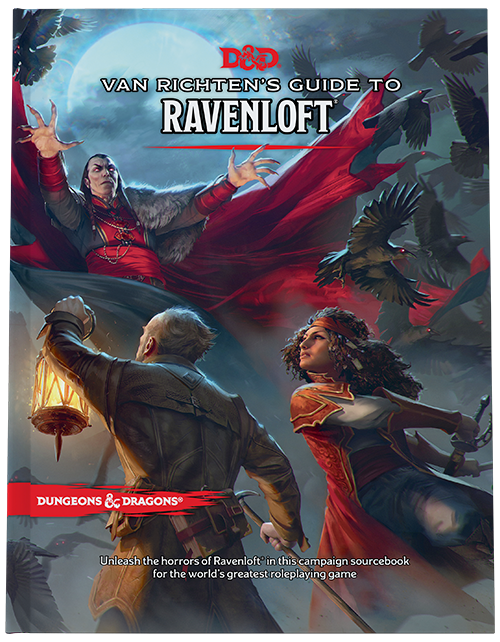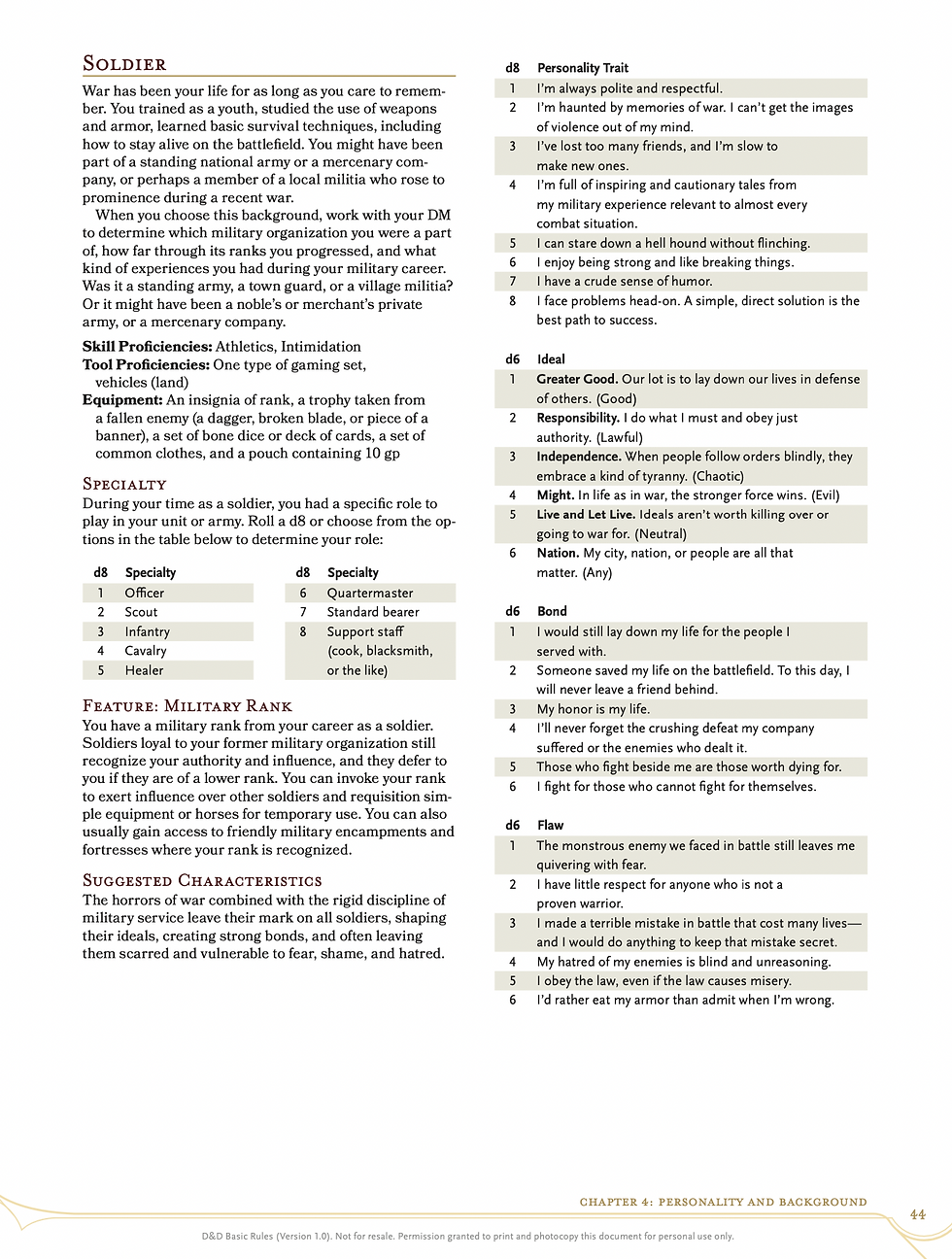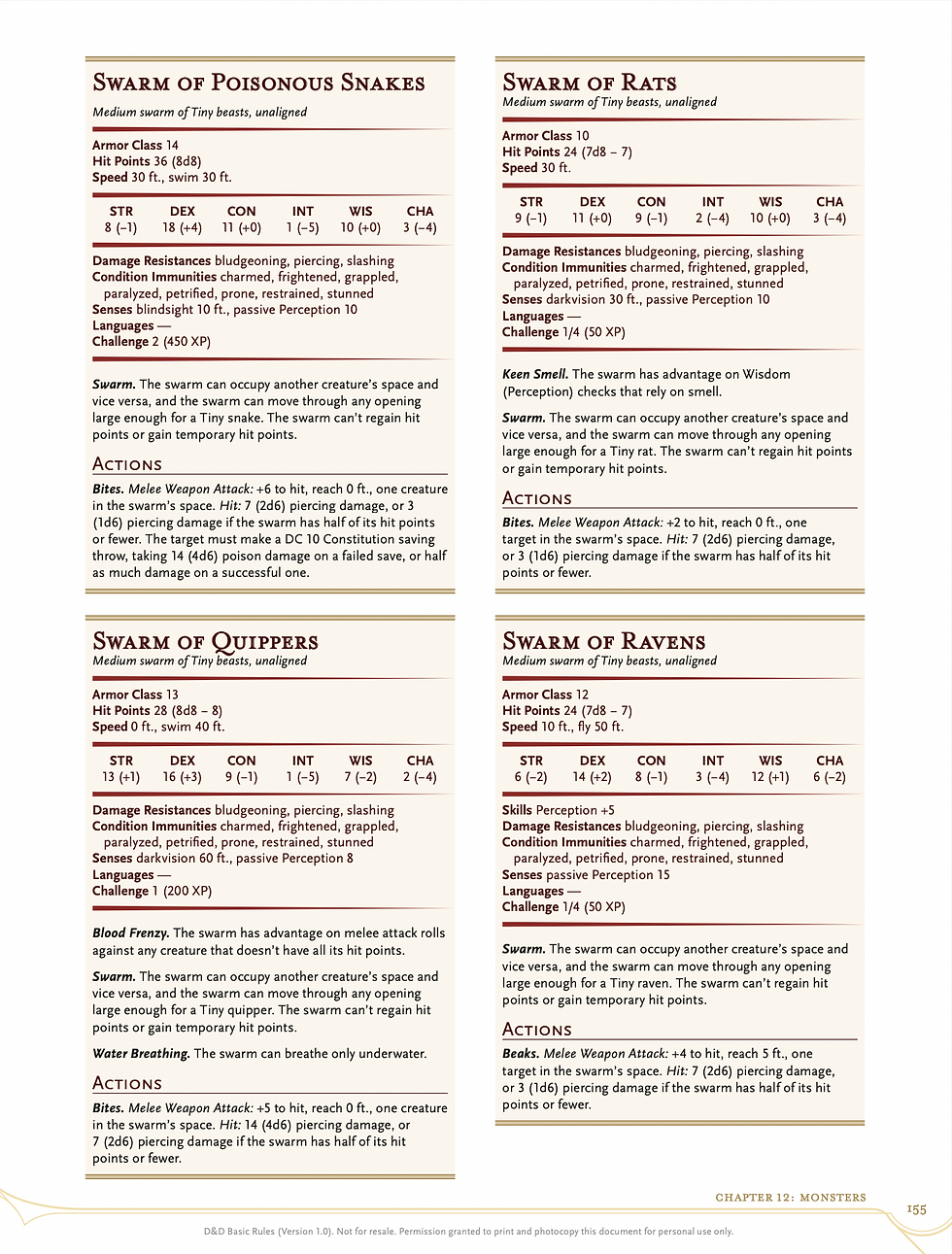RPG, Tabletop RPG and MMORPG
- Yiran Zhou
- Apr 4, 2021
- 3 min read
What is RPG?
RPG Video game definition:
A role-playing game (RPG) is a genre of video game where the gamer controls a fictional character (or characters) that undertakes a quest in an imaginary world.
RPG video games originate from tabletop or pen-and-paper RPGs, such as Rolemaster or Dungeons & Dragons (D&D).
RPG stands for 'Role-Playing Games'. Such titles involve some element of a player adopting a new persona and carrying out actions as this different character.
Elements of RPG:
Setting
Character Building
Exploration
Quests
Gameplay Variety
Character Progression
Party Mechanics
User Interface Tools
Dramatic Narrative
Consequences
Traditional role-playing video games shared five basic elements:
The ability to improve your character over the course of the game by increasing his statistics or levels.
A menu-based combat system with several choices of skills, spells, and active powers as well as an active inventory system with wearable equipment such as armors and weapons.
A central quest that runs throughout the game as a storyline and additional (and usually optional) side quests.
The ability to interact with elements of the environment or storyline through additional abilities (e.g. lockpicking, disarming traps, communication skills, etc.)
The existence of certain character classes that define the characteristics, skills, abilities, and spells of a character (e.g. wizard, thief, warrior, etc.)
In video game RPGs, the part of the “game master” (who acts as both the narrator and the referee) is automated, and the computer’s artificial intelligence (AI) decides the actions of the various non-player characters (NPCs) and enemies.
Most RPGs are set in a fictional world with traditional fantasy or sci-fi elements that are incorporated into the game mechanics.
Types of RPG:
Narrative
Sandbox/Open world
Strategy
Adventure
Action
MMORPG
Game designer Greg Costikyan puts it this way:"No victory conditions, true. But certainly [RPGs] have goals; lots of them, you get to pick. Rack up the old experience points. Or fulfill the quest your friendly GM has just inflicted on you. Or rebuild the imperium and stave off civiliza-tion's final collapse. Or strive towards spiritual perfection. Whatever."
Some RPGs de-emphasize power, statistics, and advancement and instead focus on storytelling and narrative.
What is MMORPG?
Massively multiplayer online role-playing game (MMORPG)
While many different types of games feature some form of role-playing element, the key issue that marks out MMORPGs is the sheer size and how they allow a huge number of players from across the globe to interact, collaborate and compete against each other in the same worlds.
These are multiplayer games where large amounts real-life players from interact over a shared world in what is essentially an endless RPG.
---------------------------------------------------------------------------
Dungeons and Dragons: a tabletop RPG
Gary Gygax, co-designer of Dungeons & Dragons, would concur: “Advanced Dungeons and Dragons is, as are most role-playing games, open-ended. There is no 'winner,' no final objective, and the campaign grows and changes as it matures.” (Salen and Zimmerman, 2011)

What is tabletop RPG?
‘A type of game in which the players impersonate their characters by actively describing their actions and thoughts’
The Game:
Players:
Create a character: a combination of game statistics, roleplaying hooks, and your imagination
Choose a race and a class for the character
Adventure: follow a storyline, completing quests and fight monsters


Dungeon Master/GM: the game’s lead storyteller and referee
Describe the world and illustrate the characters’ experience
Determines the results of the players’ actions
Gameplay:
The game has no real end; when one story or quest wraps up, another one can begin, creating an ongoing story called a campaign.
The adventurers grow in might as the campaign continues. Each monster defeated, each adventure completed, and each treasure recovered not only adds to the continuing story, but also earns the adventurers new capabilities. This increase in power is reflected by an adventurer's level.

Faction: ‘Five factions stand firm against evil, but each calls to the heart of a different kind of hero.’ The players can decide which faction they want to join (but they do not have to), in return they will be given different responsibilities and rewards. (More on https://dnd.wizards.com/articles/events/faction-talk-part-1)
Locations: settings and worlds for the gamers to explore as adventurers.
Source: DnD official website
DnD The Descent, Live 2019: (39’47 - 40’42)
Extension: A TTRPG inspired by DnD: https://www.kickstarter.com/projects/russrmc/animal-adventures-tales-of-dungeons-and-doggies
Comments